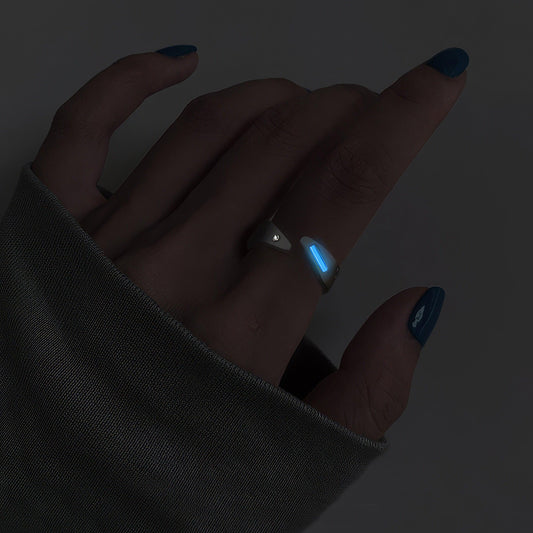Moissanite The Gem That Shines Beyond Expectations
Moissanite The Gem That Shines Beyond Expectations
I remember the first time I encountered moissanite. It was in a tiny, quirky jewelry shop tucked away in the corner of a bustling city market. The shopkeeper, an enthusiastic gemologist with a twinkle in her eye, told me the ring's stone wasn't a diamond, even though it sparkled just as brilliantly, if not more. Intrigued, I leaned in closer, captivated by the gemstone's dazzling display of light. This was my introduction to moissanite, a stone with a fascinating story and remarkable properties that set it apart in the world of gems.
Natural moissanite was first discovered in a crater created by a meteorite in Arizona. The cosmic origin already gives it a mythical allure, doesn't it? It's as if you're wearing a piece of the universe, captured in a gemstone. However, because natural moissanite is extremely rare, the moissanite we see in jewelry today is lab-created. This doesn't lessen its value or desirability. On the contrary, the process used to create moissanite in labs is a marvel of modern science, allowing for consistent quality and extraordinary brilliance.
The appeal of moissanite goes beyond its sparkle, though. In an era increasingly focused on ethical sourcing, moissanite presents a guilt-free alternative to diamonds. There are no questions about conflict or unethical mining practices, as the stone is grown in controlled environments. It offers a kind of peace of mind that aligns well with modern values, making it a conscientious choice for today's socially aware consumers.
But let's talk aesthetics for a moment. Moissanite has a light refractive index that is higher than that of a diamond, which means it splits light into brilliant colors even more effectively. Some might argue it has a more fiery sparkle. I still remember the look on my friend's face when she slipped on a moissanite engagement ring for the first time. Her eyes sparkled almost as much as the stone itself, and the room was suddenly alive with reflected light. It was an unforgettable moment that highlighted the stone's beauty and charm.
In terms of durability, moissanite scores high on the Mohs scale, just slightly below diamond, which means it's pretty resistant to scratches and everyday wear. This makes it an excellent choice for engagement rings or other daily wear jewelry. You get the beauty without compromising on practicality—a fact my cousin wholeheartedly appreciated, having once accidentally chipped a softer gemstone in her previous engagement ring while playing frisbee in the park.
Style trends today, especially in the Western world, have seen a shift towards personalization and individuality. Moissanite fits this trend perfectly. It offers a unique twist on the traditional diamond jewelry, allowing people to stand out without being ostentatious. It's like choosing to drive a sleek, eco-friendly car instead of a gas-guzzling sports model—smart, stylish, and a little bit different from the norm.
Some might wonder about the long-term value of a non-diamond gemstone. While moissanite won't appreciate over time like a diamond, what it offers is immediate value—a stunning piece of jewelry at a fraction of the cost. And isn't that a kind of value worth considering? It's about choosing something that speaks to you personally, rather than following the tradition for tradition's sake.
In the end, moissanite is more than just a substitute for diamond. It's a testament to personal choice, ethical values, and technological advancement—a true gem of the modern age. Whenever I see a piece of moissanite jewelry now, I remember its cosmic origins, its ethical appeal, and the wide-eyed wonder it inspired in that little market shop, and I can't help but smile.




























